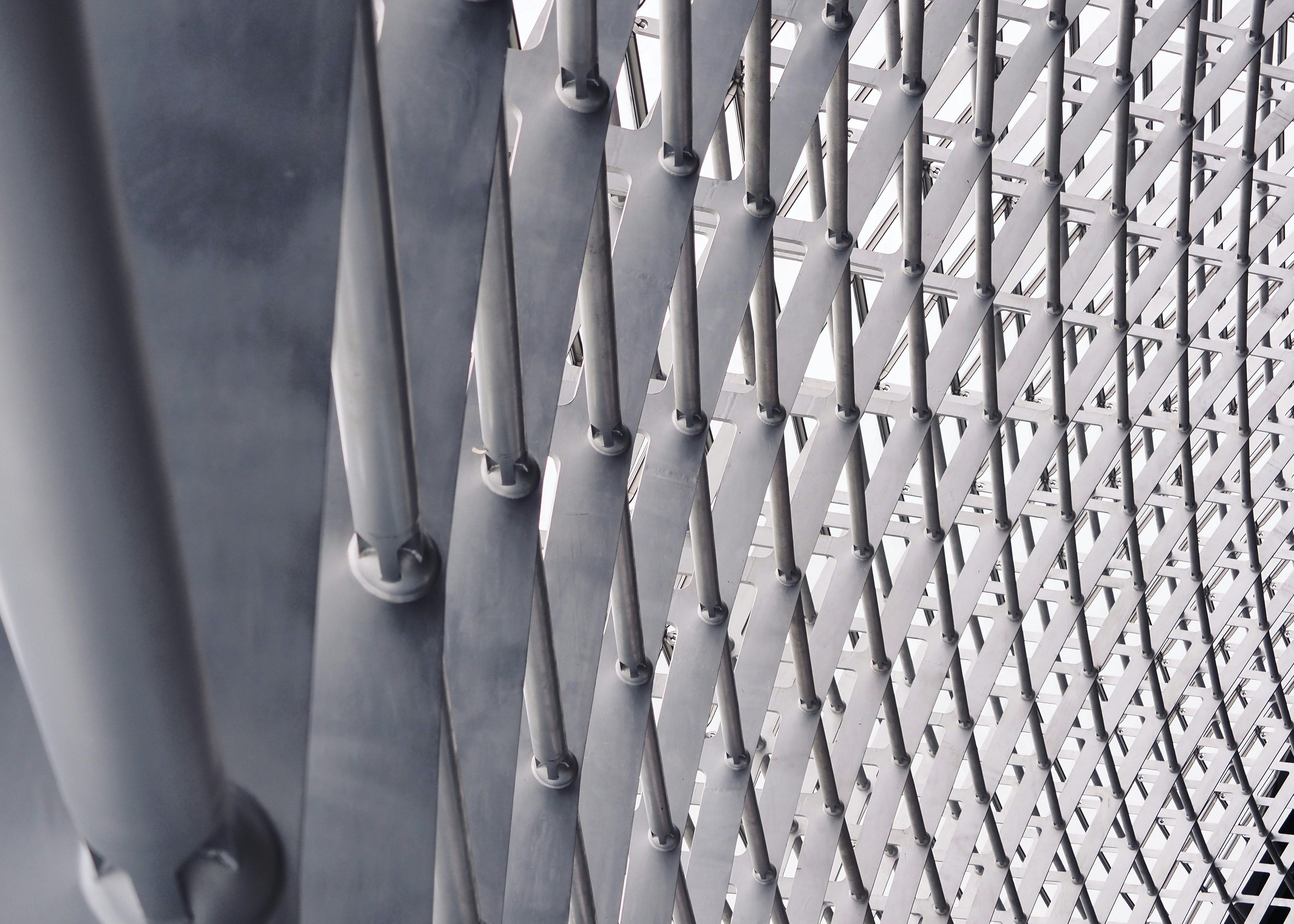Manuka Resources Limited Unveils 39,000 Oz Gold Cutback Project with A$43.2M NPV & 64% IRR, Bolstering Cobar Basin Production Strategy
Tuesday, July 29, 2025
at
10:02 am
Manuka Resources Limited has upgraded its Cobar Basin production plan with a new Probable Ore Reserve of 290,000 tonnes at 4.2 g/t gold, adding 39,000 gold ounces. The project boasts strong economic returns and promising growth for future operations.
Manuka Resources Limited has unveiled a detailed update on its Mt Boppy gold project in New South Wales, marking a significant addition to its production strategy in the Cobar Basin. The company announced the designation of a probable ore reserve at the Mt Boppy Open Pit that comprises 290,000 tonnes grading 4.2 g/t gold, equivalent to approximately 39,000 gold ounces. Historically one of New South Wales’ richest gold mines, Mt Boppy is now being reassessed through a proposed cutback of the existing open pit to target resource material with grades exceeding 4 g/t located beneath the current pit floor.
The study, carried out at a pre-feasibility level, indicates that once implemented, the project is forecast to contribute a pre-tax NPV8 of A$43.2 million with an internal rate of return (IRR) of 64%, significantly enhancing Manuka’s broader Cobar Basin production framework. In addition to the new gold reserve, the company’s updated production plan now aims to process ore alongside existing silver-bearing ore from their Wonawinta processing operation. The technical study details mining, processing, and logistics parameters, including a design uplift of 80 meters in pit depth, optimized mine ramp design, and planned utilisation of dry hire mining equipment, underscoring robust operational planning.
Economic modelling shows that the project is highly sensitive to gold price fluctuations, with a 25% change in price triggering a 76% swing in net present value. The detailed cost breakdown includes a unit mining cost of A$8.36 per tonne, logistics at A$28.10 per tonne hauled over a 150 km distance, and processing costs estimated at A$25.14 per tonne. Capital expenditures mostly relate to the upgrade of evacuation facilities and necessary technical services, summing to just under A$6 million with an overall peak funding requirement in the order of A$45 million.
Manuka intends to maintain flexibility in financing, with the option to fund the project through free cash flow generated at the Wonawinta silver operation, debt, or potential joint venture arrangements. There is also a clear exploration upside noted by the company, with plans to test further high-grade targets near the pit and on greenfield prospects along fluid-related structures associated with adjacent volcanic activity.
From a sentiment perspective, the new ore reserve and favorable economic indicators deliver strong bullish undertones, buoyed by the impressive IRR and NPV figures, as well as the high-grade nature of the resource that benefits from existing processing infrastructure. However, potential bearish sentiment could arise from the inherent risks of mining projects at the pre-feasibility stage, such as sensitivity to gold price fluctuations, geotechnical risks associated with deeper pit mining, and uncertainties related to funding strategies. Overall, the careful planning and detailed technical assessment provide a promising outlook for Manuka Resources, while also reflecting the risks inherent in early-stage mining project development.




